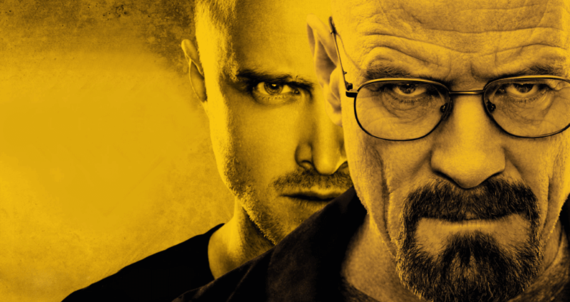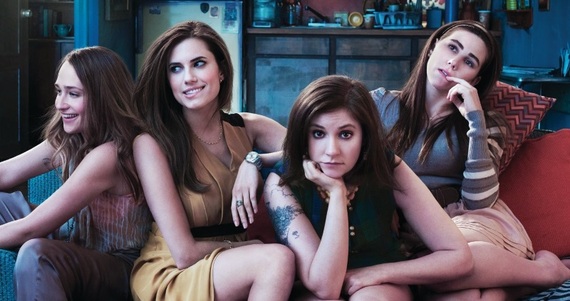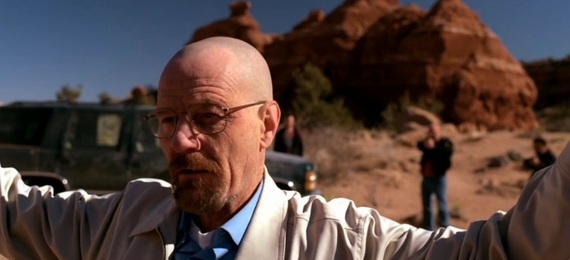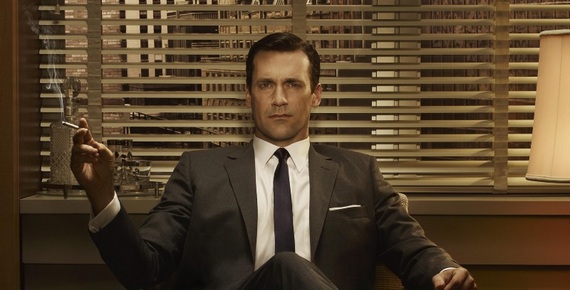This Post originally appeared on the blog ScreenCraft. ScreenCraft is dedicated to helping screenwriters and filmmakers succeed through educational events, screenwriting competitions and the annual ScreenCraft Screenwriting Fellowship program, connecting screenwriters with agents, managers and Hollywood producers. Follow ScreenCraft on Twitter, Facebook, and YouTube.
If you compare today’s western pop culture to what it was thirty years ago, you’ll see a stark difference between what type of character was likable then, and what is likable now. If you only look at TV, the shows that were popular 30 years ago -- The Cosby Show, Family Ties, Cheers -- are feel-good, family-friendly romps. No one ever came close to being genuinely bad, and even if a character did something remotely questionable, it was resolved in thirty minutes, the “villain” understood they were in the wrong, and everything was good and wholesome once again.
Cut to now, and Hannah Horvath (Girls) and her friends are often being narcissistic and selfish, episode in and episode out, seemingly never learning anything.
Walter White (Breaking Bad) goes from being a mild-mannered milquetoast family man to drug kingpin at large.
Frank Underwood (House of Cards) schemes his way to power while his body count rises, and everyone eats it up with a spoon.
Why is this?
Surely, no character like Weeds‘ Nancy Botwin would have ever lasted a second on TV of yesteryear. Even if you fit the show to a format acceptable for prime-time, non-cable TV -- remove all the drug use, raunchy sex and borderline child abuse, the show still wouldn’t have fit on television. At the end of virtually every season, try as she might, Nancy still ends up worse off than when she started. So why was it so entertaining to watch her make all the wrong decisions to the detriment of herself and her family? Why is TV filled with characters who have questionable morals? And why do we love them so much?
Before we delve into what TV has become, let’s look at what it once was. On one side, there was the sitcom, filled with family wholesomeness -- something even the most pearl-clutching "think of the children"-ists could handle.
The other side of prime-time TV was the crime drama. Everyone accepted that the detective had to be hard-drinking and hard-talking, that’s just part of his charm, but, at the end of the day, he was still a good guy doing good things in the face of evil.
Now, TV is filled with protagonists who have a dark side to them. They’re still fighting the forces of evil, but they’re also fighting for self-interest. Out of the most celebrated TV in recent memory -- Breaking Bad, Mad Men, Game of Thrones -- which central characters would you put as an example of good behavior for children? Unless you’re ready to do some heavy mental calisthenics, the answer is none of them.
But clearly, there is something more interesting to us in those characters than the unwavering pillars of morality found in TV of the past. One possible reason morally gray characters are more interesting to us is that they are flawed. They, like us, struggle whether to act out of self-interest, or make the right choice. Like us, they don’t manage to make the right choice all the time, and that keeps them interesting to us.
More diverse types of characters are possible because there’s just more TV now than ever before. Even though the same guardians of taste are in place, content creators are chasing smaller, more niche audiences. There’s no longer a financial stake in creating something that will be liked by 30 million people, because no such large group watches TV anymore.
Consider the widely sought after audience of teenagers. Vampires were all the rage a few years ago, and what are vampires if not the ultimate morally gray character? In YA fiction, they’ll do the right thing for the people they love, but they’re always one step away from killing for their own satisfaction. Vampires were considered “edgy” by the mainstream, two-pairs-of-jeans, never left their hometown crowd, when just a generation ago, it would have been considered a conspiracy to convert children into satanic worship, like D&D was in its time.
It seems that, at some point, popular culture, TV in particular, stopped reflecting who we want to be, and started reflecting to us who we actually are. Hannah Horvath is so popular because so many people -- young women in particular -- see themselves in her. It’s no longer about a character being aspirational. It’s about being relatable to an audience. This is not to say that Girls is free of morals. No bad deed goes heralded, and at its most pernicious, the show is realistic in the way it presents the consequences of characters’ choices.
The reason, it follows, that morally relativistic characters are popular, is that we are a morally gray audience living in morally relativistic times. Other than on children’s TV, a beacon of morality can never be the lead character on a show anymore. Whether this is good or bad is up to history to decide, but what’s clear is that nothing’s clear any more. TV has grown up, and doesn’t see morality as black and white anymore. All we have left is many shades of gray.
Florence Mendoza is an aspiring author and content writer at Buy an Essay.







